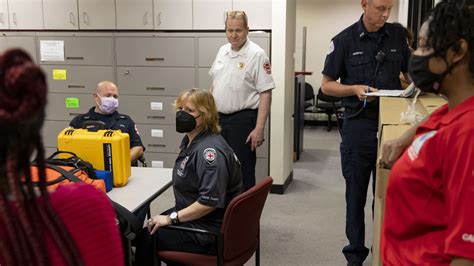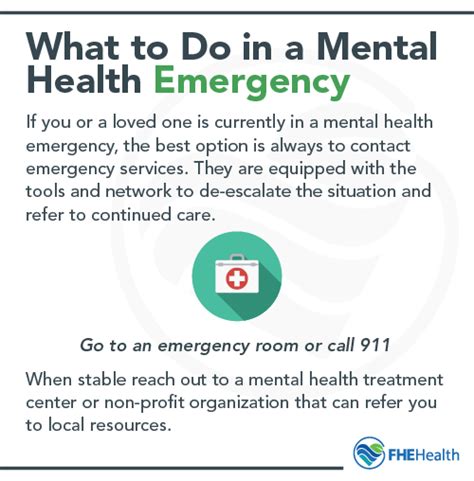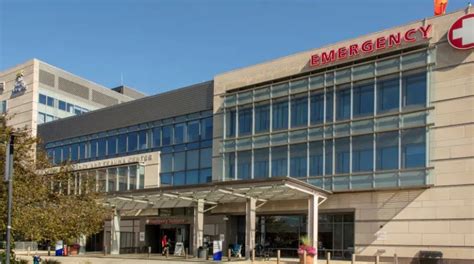Emergency Mental Health Services

Emergency mental health services play a vital role in providing immediate support and intervention to individuals experiencing a mental health crisis. These services are designed to address a wide range of mental health emergencies, including suicidal thoughts, psychotic episodes, and severe anxiety or depression. According to the National Institute of Mental Health (NIMH), approximately 1 in 5 adults in the United States experience a mental illness each year, with 1 in 20 experiencing a serious mental illness that substantially interferes with or limits one or more major life activities.
The importance of emergency mental health services cannot be overstated, as timely and effective intervention can significantly improve outcomes and reduce the risk of long-term mental health problems. In fact, a study published in the Journal of Clinical Psychology found that individuals who received emergency mental health services were more likely to experience improved mental health outcomes and reduced symptoms of anxiety and depression. Furthermore, emergency mental health services can also help reduce the economic burden of mental health crises, with a study by the National Alliance on Mental Illness (NAMI) estimating that mental health crises cost the United States over $193 billion annually.
Key Points
- Emergency mental health services provide immediate support and intervention for individuals experiencing a mental health crisis.
- These services address a wide range of mental health emergencies, including suicidal thoughts, psychotic episodes, and severe anxiety or depression.
- Timely and effective intervention can significantly improve outcomes and reduce the risk of long-term mental health problems.
- Emergency mental health services can also help reduce the economic burden of mental health crises.
- Access to emergency mental health services is critical, particularly for vulnerable populations such as children, adolescents, and older adults.
Types of Emergency Mental Health Services

There are several types of emergency mental health services available, including crisis hotlines, emergency departments, and mobile crisis teams. Crisis hotlines, such as the National Suicide Prevention Lifeline (1-800-273-TALK), provide immediate support and intervention for individuals experiencing a mental health crisis. Emergency departments, on the other hand, provide emergency medical and psychiatric care for individuals experiencing a mental health emergency. Mobile crisis teams, which are composed of mental health professionals, provide on-site intervention and support for individuals experiencing a mental health crisis.
Crisis Intervention Teams
Crisis intervention teams (CITs) are specialized teams of mental health professionals, law enforcement officers, and emergency medical technicians (EMTs) who are trained to respond to mental health emergencies. CITs provide a coordinated response to mental health crises, ensuring that individuals receive the support and intervention they need. According to a study published in the Journal of Clinical Psychology, CITs have been shown to be effective in reducing the use of force and improving outcomes for individuals experiencing a mental health crisis.
| Service Type | Description |
|---|---|
| Crisis Hotlines | Provide immediate support and intervention for individuals experiencing a mental health crisis. |
| Emergency Departments | Provide emergency medical and psychiatric care for individuals experiencing a mental health emergency. |
| Mobile Crisis Teams | Provide on-site intervention and support for individuals experiencing a mental health crisis. |
| Crisis Intervention Teams | Provide a coordinated response to mental health emergencies, ensuring that individuals receive the support and intervention they need. |

Access to Emergency Mental Health Services

Access to emergency mental health services is critical, particularly for vulnerable populations such as children, adolescents, and older adults. According to the Substance Abuse and Mental Health Services Administration (SAMHSA), in 2020, approximately 1 in 5 children and adolescents in the United States experienced a mental health disorder, with 1 in 10 experiencing a serious mental health disorder. Furthermore, a study published in the Journal of the American Geriatrics Society found that older adults are at increased risk of mental health problems, with approximately 1 in 5 experiencing a mental health disorder.
Barriers to Access
Despite the importance of emergency mental health services, there are several barriers to access, including lack of insurance, lack of availability, and stigma. According to a study published in the Journal of General Internal Medicine, lack of insurance is a significant barrier to access, with approximately 1 in 5 individuals experiencing a mental health crisis reporting that they did not have health insurance. Additionally, a study published in the Journal of Clinical Psychology found that stigma is a significant barrier to access, with approximately 1 in 5 individuals experiencing a mental health crisis reporting that they did not seek help due to concerns about being labeled as “crazy” or “weak”.
What is a mental health crisis?
+A mental health crisis is a situation in which an individual is experiencing a mental health emergency, such as suicidal thoughts, psychotic episodes, or severe anxiety or depression.
How can I access emergency mental health services?
+There are several ways to access emergency mental health services, including calling a crisis hotline, visiting an emergency department, or contacting a mobile crisis team.
What is a crisis intervention team?
+A crisis intervention team (CIT) is a specialized team of mental health professionals, law enforcement officers, and emergency medical technicians (EMTs) who are trained to respond to mental health emergencies.
In conclusion, emergency mental health services play a vital role in providing immediate support and intervention for individuals experiencing a mental health crisis. It is essential that we continue to prioritize access to these services, particularly for vulnerable populations such as children, adolescents, and older adults. By increasing access to emergency mental health services and reducing barriers to access, we can improve outcomes and reduce the risk of long-term mental health problems.



